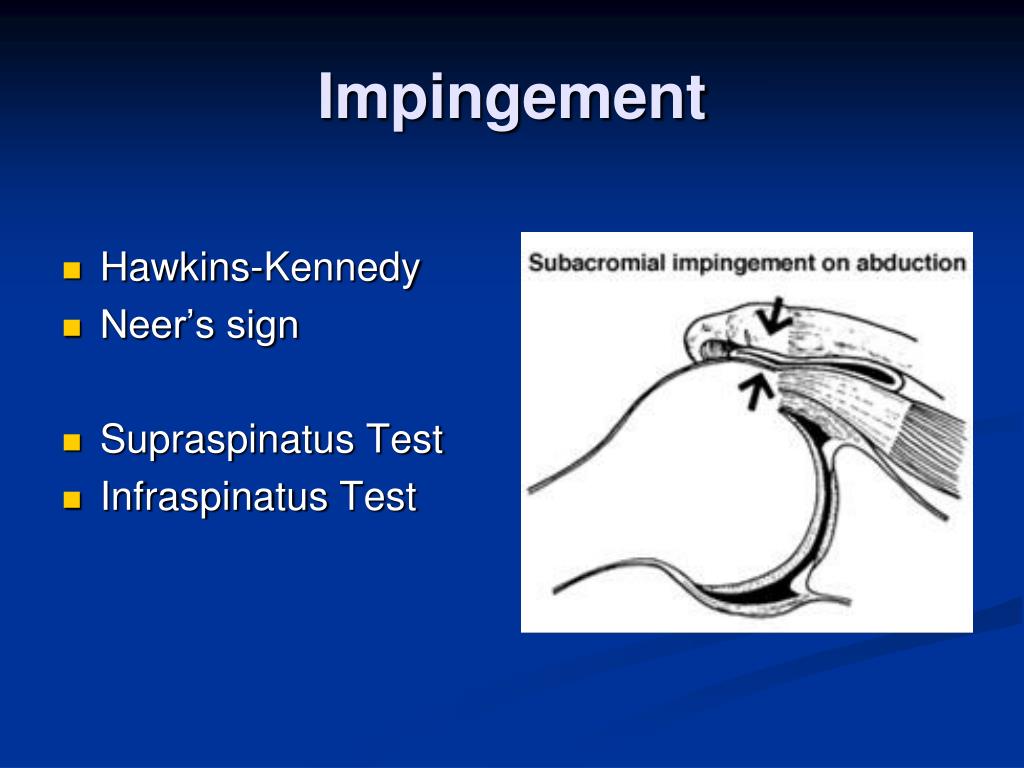

Homelessness increases risk of TB due to exposure in crowded shelters, and its association with substance use, and HIV infection, which lowers immunity. More than 5% of TB cases reported to the National TB Surveillance System have experienced homelessness in the preceding year. Homelessness is a high risk factor for tuberculosis disease (TB) and latent TB infection (LTBI) and persons experiencing homelessness are at an estimated 10 times greater risk of being diagnosed with TB disease than the general population. Nearly 600,000 people in the United States (US) experienced homelessness on any one night in 2015, whether they slept in homeless shelters or in other locations. Future evaluations should assess diagnostic use of interferon gamma release assays and completion of treatment, and costs of testing and treatment.

Targeted TB testing of persons experiencing homelessness appears effective in detecting LTBI and connecting persons to care and potential treatment. For a hypothetical cohort of 1000 persons experiencing homelessness reached by a targeted testing program using TST, an estimated 917 were tested, 194 were positive, and all of these initiated follow-up care. Heterogeneity was high for most pooled proportions. All persons testing positive were referred to follow-up care, and 99.8% attended at least one session of follow-up care.
#Comprehensive meta analysis for screening tests skin#
Among studies using tuberculin skin tests (TST) we found that 93.7% (CI 72.4-100%) of persons reached were recruited, 97.9% (89.3-100%) of those recruited had tests placed, 85.5% (78.6-91.3%) of those with tests placed returned for reading, 99.9% (99.6-100%) of those with tests read had valid results, and 24.7% (21.0-28.5%) with valid results tested positive. We identified 23 studies published between 19, conducted in 12 states and 15 cities. We used random effects to calculate pooled proportions and 95% confidence intervals (CI) of persons retained in each step via inverse-variance weighted meta-analysis, and cumulative proportions as products of adjacent step proportions. Two reviewers independently assessed study eligibility and abstracted key data on the testing to care cascade: number of persons reached, recruited for testing, tested for LTBI, with valid test results, referred to follow-up care, and initiating care. We conducted a comprehensive search of peer-reviewed and grey literature, adapting Cochrane systematic review methods. We assessed the yield of TB testing and linkage to care for programs targeting homeless populations in the United States. Homelessness increases the risk of tuberculosis (TB) disease and latent TB infection (LTBI), but persons experiencing homelessness often lack access to testing and treatment.


 0 kommentar(er)
0 kommentar(er)
